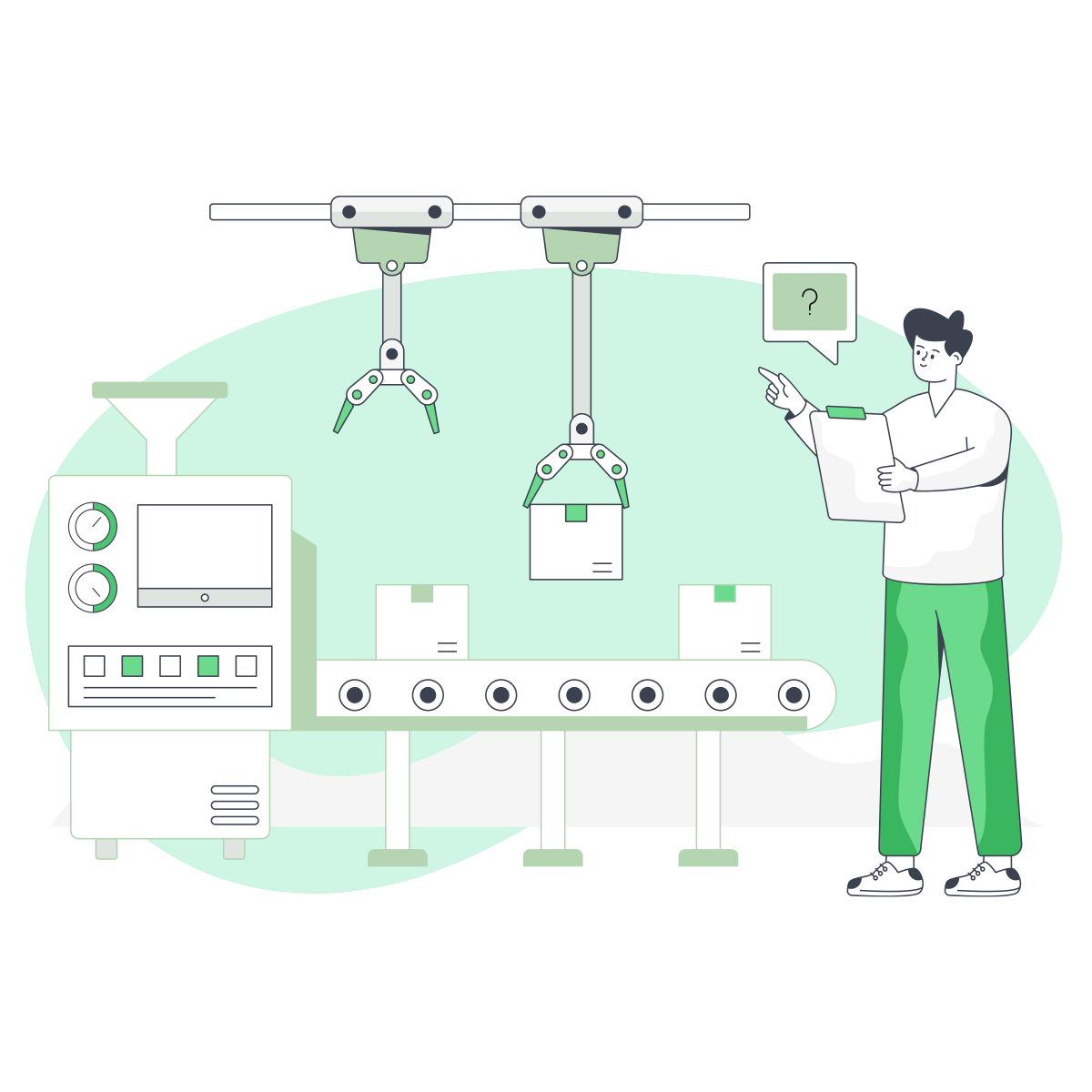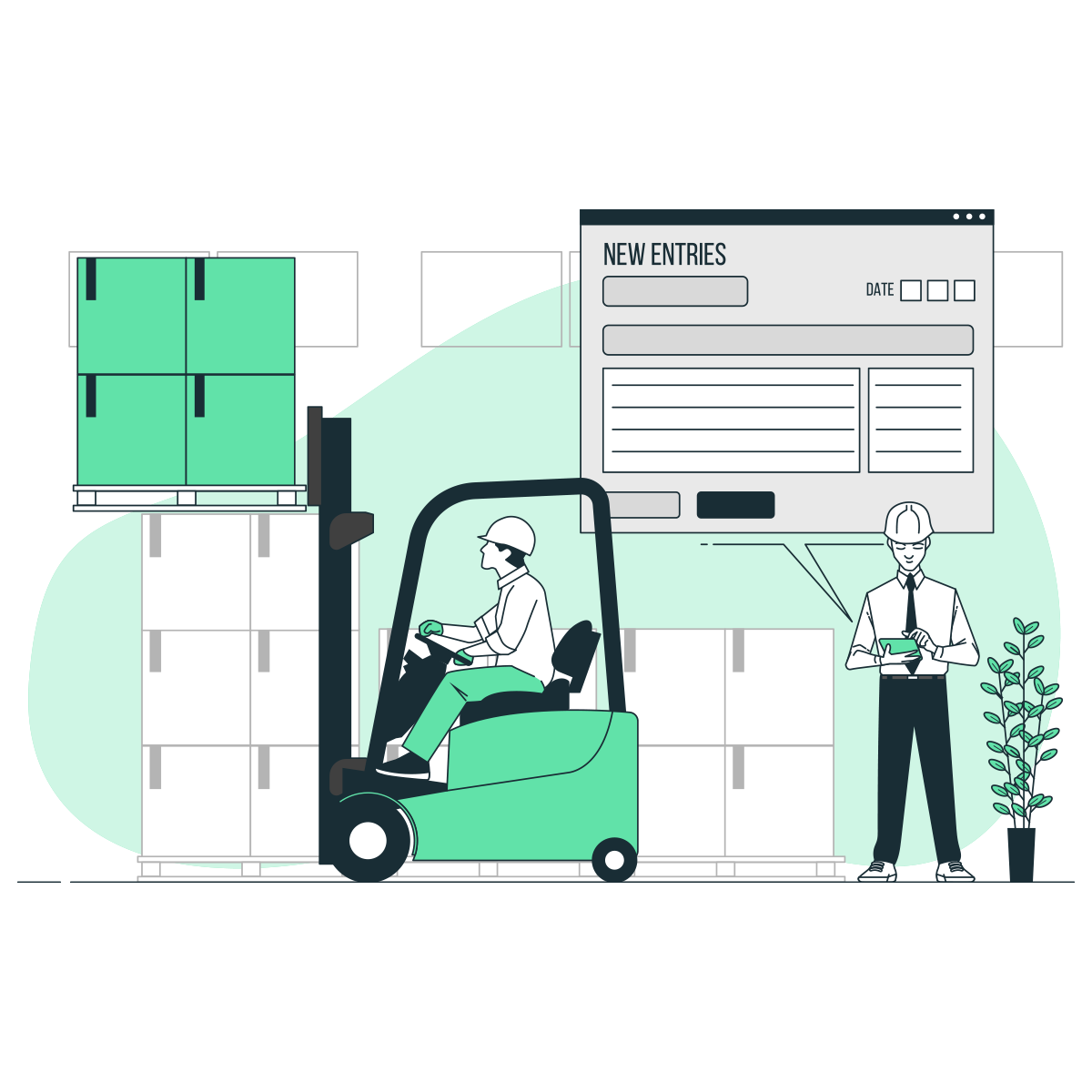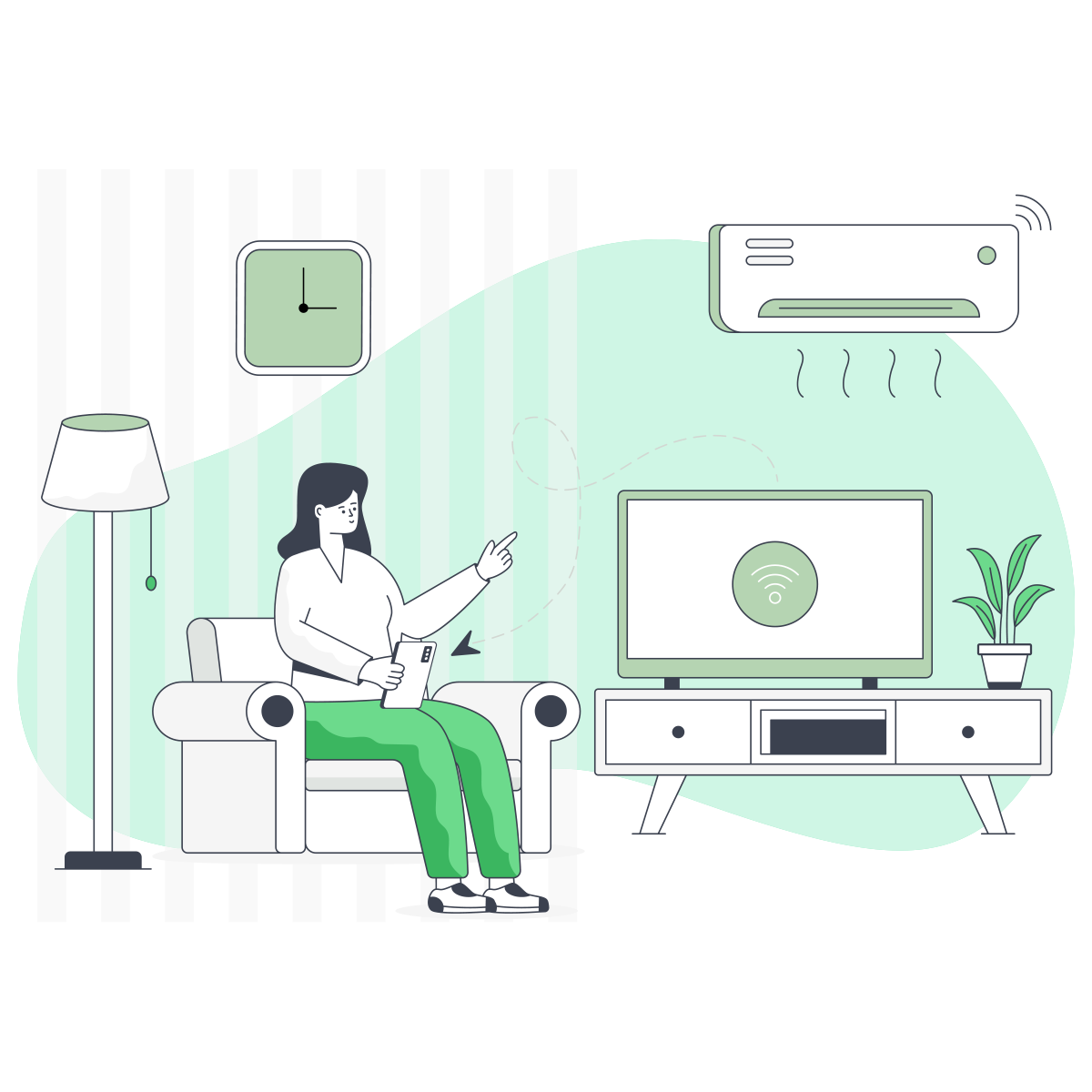Utilize IoT, Guest access, WiFi marketing, WiFi survey, location-based wayfinding and asset management technologies to improve customer satisfaction, increase sales, and reduce costs. These technologies can provide customers with free WiFi and access to store information and promotions, personalize the shopping experience, gather customer feedback, guide customers to products and promotions, and more effectively manage in-store equipment and assets.


Our solutions utilize IoT, Guest access, WiFi marketing, WiFi survey, location-based wayfinding and asset management technologies to improve patient outcomes, increase efficiency and reduce costs. These technologies can streamline patient check-in and registration, provide remote patient monitoring, improve patient engagement and communication, and more effectively manage medical equipment and other assets.
Our solutions utilize IoT, Guest access, WiFi marketing, WiFi survey, location-based wayfinding and asset management technologies to improve crop yields, increase efficiency, and reduce costs. These technologies can provide farmers and workers with access to information and resources, personalize marketing campaigns, gather feedback, guide workers to specific locations on the farm, and more effectively manage farming equipment and other assets.


Mintyfi features improve guest satisfaction about internet and otel services, increase targeted marketing efforts, gather feedback to improve guest satisfaction, provide location-based wayfinding, and optimize the use of hotel assets. This ultimately leads to increased guest satisfaction and reduced operational costs.
IoT by using sensor data to monitor and optimize production processes, predict equipment failure, and improve energy efficiency. Big data and analytics can be used to analyze large amounts of sensor data and gain insights into production performance. Secure access and network segmentation can help protect sensitive data and prevent unauthorized access to the facility's network. Guest access and WiFi-based surveys can be used to gather data on visitors and improve their experience. Location-based wayfinding can help visitors and employees navigate the facility, and asset management can be used to track and maintain equipment and assets.


IoT by using sensor data to track inventory levels, monitor temperature and humidity, and optimize the movement of goods. Big data and analytics can be used to analyze sensor data and gain insights into warehouse operations, such as identifying bottlenecks in the supply chain. Secure access and network segmentation can help protect sensitive data and prevent unauthorized access to the warehouse's network.
Guest access and WiFi-based surveys can be used to gather data on visitors and improve their experience. Location-based wayfinding can help visitors and employees navigate the warehouse, and asset management can be used to track and maintain equipment and assets. Additionally, warehouse automation can be utilized to optimize the warehouse's operation and automation such as robot picking, automatic guided vehicles, automated storage and retrieval systems, etc.
IoT by using sensor data to monitor and optimize operations, such as tracking the location of baggage, monitoring passenger flow, and predicting equipment failure. Big data and analytics can be used to analyze sensor data and gain insights into airport and transportation hub operations, such as identifying bottlenecks in the passenger flow.
Secure access and network segmentation can help protect sensitive data and prevent unauthorized access to the airport or transportation hub's network. Guest access and WiFi-based surveys can be used to gather data on visitors and improve their experience. Location-based wayfinding can help visitors and employees navigate the airport or transportation hub, and asset management can be used to track and maintain equipment and assets. Additionally, transportation hub can use real-time data to optimize the schedule of transportation such as buses, trains, and planes, and monitor the performance of the transportation services.


Stadiums, arenas, and convention centers can benefit from IoT by using sensor data to monitor and optimize operations, such as tracking the location of guests, monitoring crowd density, and predicting equipment failure. Big data and analytics can be used to analyze sensor data and gain insights into venue operations, such as identifying peak times and areas of high traffic.
Secure access and network segmentation can help protect sensitive data and prevent unauthorized access to the venue's network. Guest access and WiFi-based surveys can be used to gather data on visitors and improve their experience. Location-based wayfinding can help visitors navigate the venue and find their seats, and asset management can be used to track and maintain equipment and assets. Additionally, venues can monitor the performance of the events and make necessary adjustments for better experience for the guests, and data from the surveys can be used to evaluate the satisfaction of the guests and identify potential areas for improvement.
IoT by using sensor data to monitor and optimize operations, such as tracking the occupancy of conference rooms, monitoring energy consumption, and predicting equipment failure. Big data and analytics can be used to analyze sensor data and gain insights into office and workspace usage, such as identifying peak times and areas of high traffic.
Secure access and network segmentation can help protect sensitive data and prevent unauthorized access to the office or workspace's network. Guest access and WiFi-based surveys can be used to gather data on visitors and improve their experience. Location-based wayfinding can help visitors and employees navigate the office or workspace, and asset management can be used to track and maintain equipment and assets. Additionally, office can use data from IoT to optimize the space utilization and adjust the heating, cooling and lighting based on the occupancy. The data can be used to create more efficient and productive work environment.


IoT by using sensor data to monitor and control various aspects of the home, such as temperature, lighting, security, and appliances. Big data and analytics can be used to analyze sensor data and gain insights into energy usage, occupancy patterns, and other aspects of home life.
Secure access and network segmentation can help protect sensitive data and prevent unauthorized access to the smart home's network. Guest access can be used to grant temporary access to trusted visitors, while wifi-based surveys can be used to gather data on usage patterns and preferences. Location-based wayfinding can help visitors and family members navigate the home, and asset management can be used to track and maintain equipment and appliances. Additionally, data from IoT devices can be used to create personalized and automated experience for the residents, such as adjusting temperature and lighting based on their preferences or triggering security camera when the motion is detected.